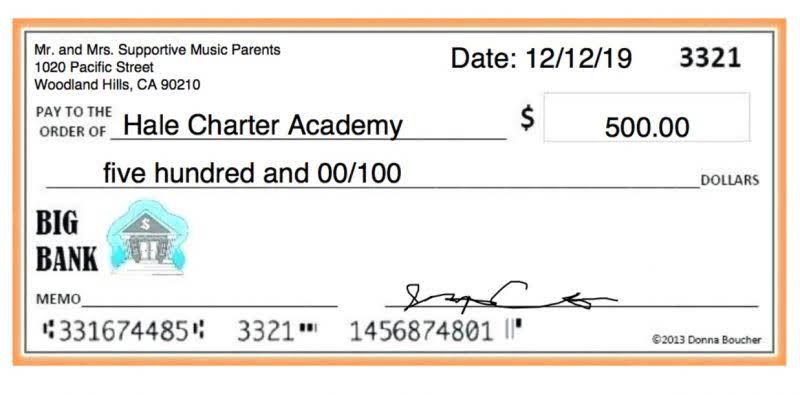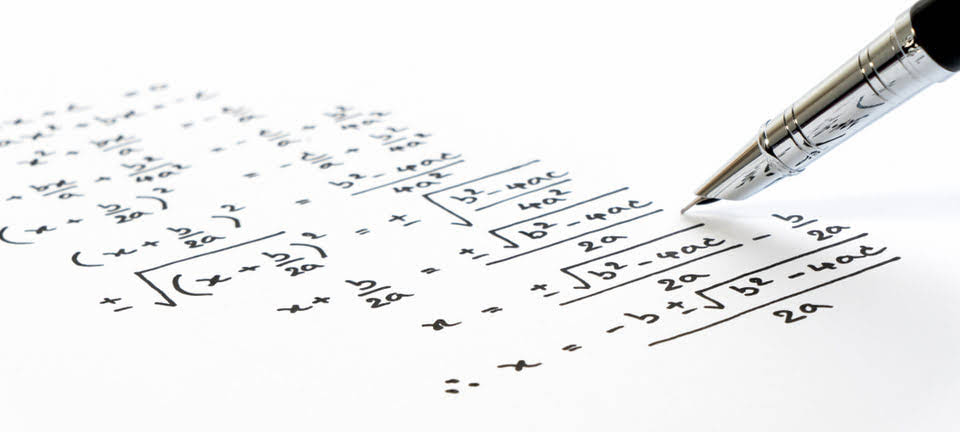Amortizing Bond Premium Using the Effective Interest Rate Method

The constant-yield method will give you a smaller amortization amount than the straight-line method in early years, with the constant-yield amortization figure growing in later years. That puts it at a overall disadvantage to the straight-line method from the taxpayer’s standpoint, which might be one reason why tax laws were changed to have newer bonds use the less favorable method. For the years in which you own the bond for all 12 months, you simply take amortization of 12 times the monthly amount. For the year of purchase and the year of sale or maturity, you have to account for a partial year, multiplying the monthly amount by the number of months during the year that you actually owned the bond. However, some bonds, such as municipal bonds, may be exempt from federal and state taxes.
Straight Line Bond Amortization Schedule (Discount)

This method involves dividing the total bond premium by the number of years until maturity and amortizing the same amount each year. For financial reporting purposes, amortizing the discount provides a clearer picture of the bond’s actual yield and the investor’s earnings over time. For instance, if a bond with a bond premium amortization calculator $1,000 face value is purchased for $950, the $50 difference is the discount. Over time, this discount is amortized, meaning it’s spread out and recognized as interest income over the remaining life of the bond.
Straight-Line Amortization of Bond Premium on Annual Financial Statements
When a bond has an interest rate that’s higher than prevailing rates in the bond market, it will typically trade at a price higher than its face value. Such a bond is said to trade at a premium, and the tax laws allow you to amortize the bond’s premium between the time you purchase it and its maturity date in order to offset your income. Below, you’ll learn more about bond premium amortization and gross vs net one method of calculating it known as the straight-line method.

Bonds Sold at a Premium
The primary advantage of premium bond amortization is that it is a tax deduction in the current tax year. In that case, the premium paid on the bond can be amortized, or in other words, a part of the premium can be utilized towards reducing the amount of taxable income. Also, it leads to reducing the cost basis of the taxable bond for premium amortized in each period. Amortization of Bond Premium refers to the amortization of excess premium paid over and above the face value of the Bond. A bond has a stated coupon rate of interest and pays interest to the bond investors based on such a coupon rate of interest.
- For a Bond investor, the premium paid for a bond represents part of the cost basis for tax purposes.
- To calculate the amortizable bond premium using the constant yield method, multiply the bond’s adjusted cost basis by its effective interest rate and subtract the annual interest payment.
- How to use the straight-line method Calculating bond premium amortization using the straight-line method couldn’t be simpler.
- Bond investors routinely have to make judgment calls about expectations on future conditions in the credit markets, including changes in prevailing interest rates and inflation.
- The goal is to bring the bond’s carrying value down to its face value by the maturity date.
Tax Implications of Amortizable Bond Premiums
The reason is that the bond premium of $4,100 is being amortized to interest expense over the life of the bond. The Internal Revenue Service (IRS) allows investors to deduct the annual amortization of bond premiums from their taxable income, effectively reducing the amount of taxable interest income. Proper reporting of bond interest income and bond premium amortization is required on annual tax returns. Including bonds with varying coupon rates, maturities, and credit ratings can help investors achieve a balanced portfolio that takes advantage of amortizable bond premiums while managing interest rate risk. The constant yield method is the most commonly used method for calculating amortizable bond premiums. This method involves spreading the premium over the bond’s remaining life using an effective interest rate.

This means that as a bond’s book value increases, the amount of interest expense will increase. For callable premium bonds (where the coupon rate is higher than the yield), the stated yield usually assumes the bond will be redeemed at the call date rather than maturity, resulting in a lower yield. The discount on bonds payable account has a debit balance of 8,663 which needs to be amortized to the interest expense account over the lifetime of the bond. The amortizable bond premium is a tax term that refers to the excess price paid for a bond over and above its face value. Depending on the type of bond, the premium can be tax-deductible and amortized over the life of the bond on a pro-rata basis.

Great! The Financial Professional Will Get Back To You Soon.

To calculate the break-even interest rate, you need to know the yields to maturity and the number of years left before the bonds mature. Take each bond’s yield to maturity, add one to the yield, and then use an exponential calculation, raising the sum to the power of the number of years before maturity. Note that under the effective interest rate method the interest expense for each year is increasing as the book value of the bond increases. Under the straight-line method the interest expense remains at a constant amount even though the book value of the bond is increasing.
